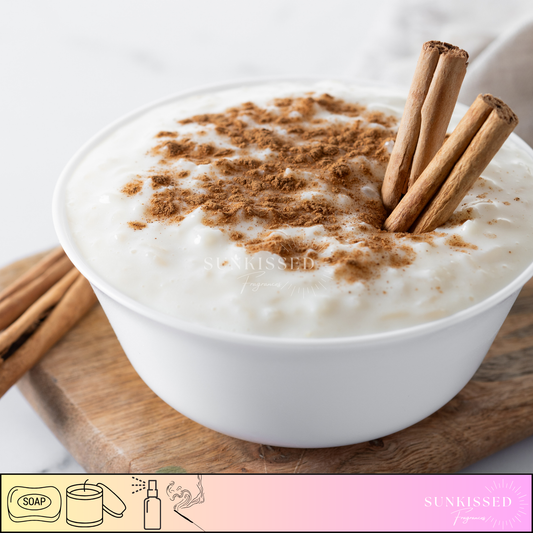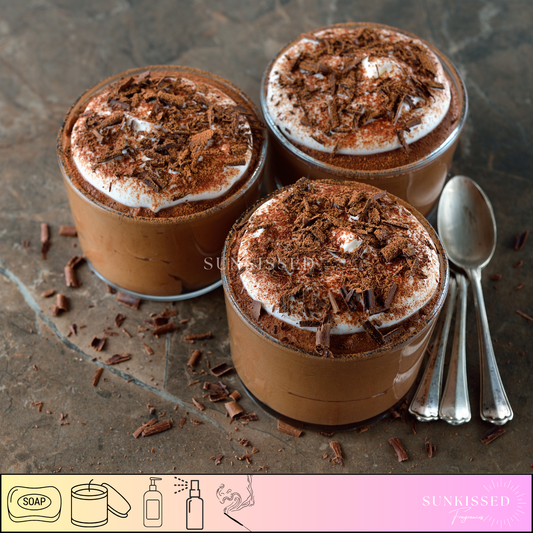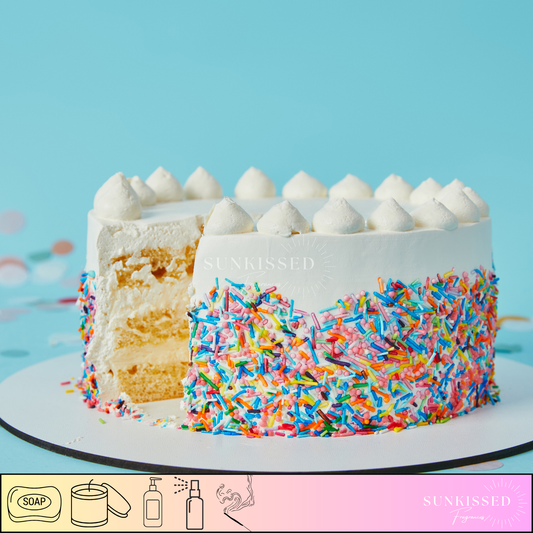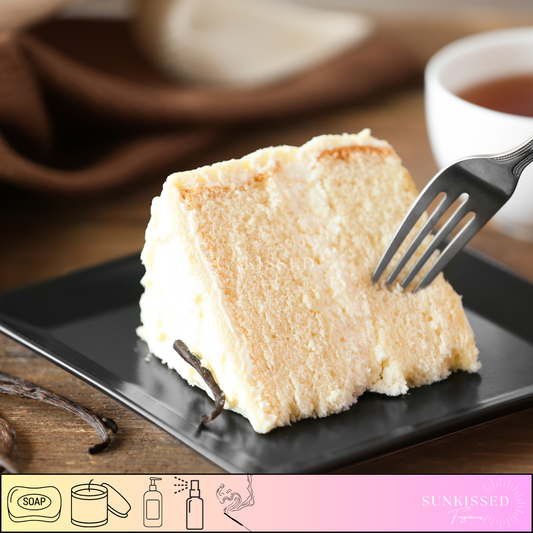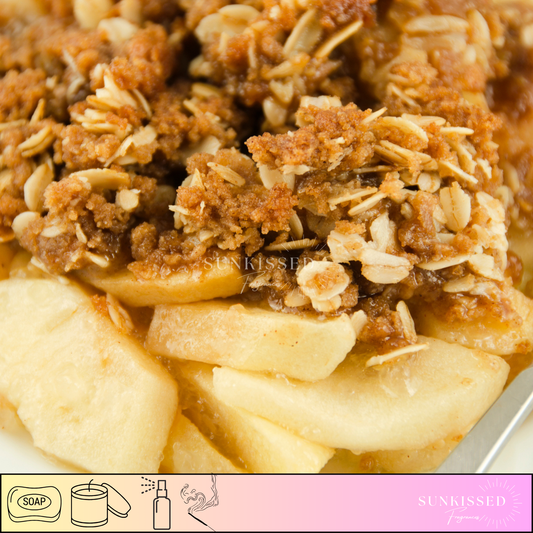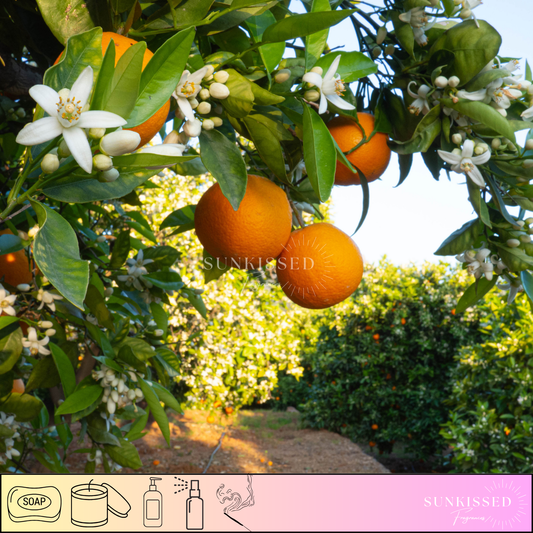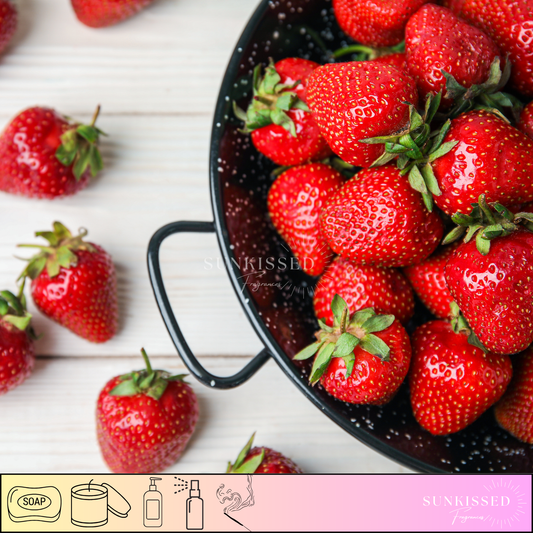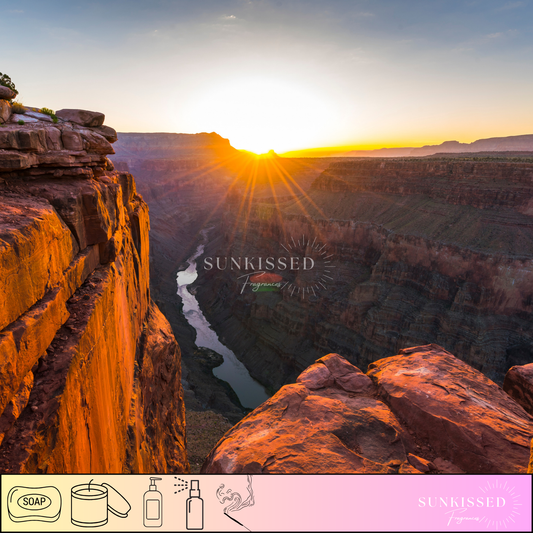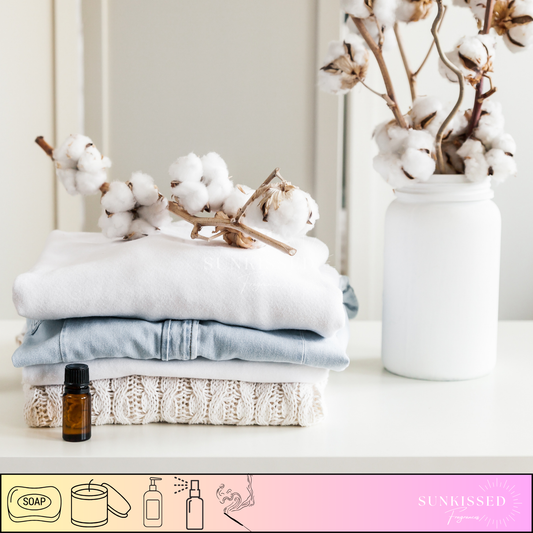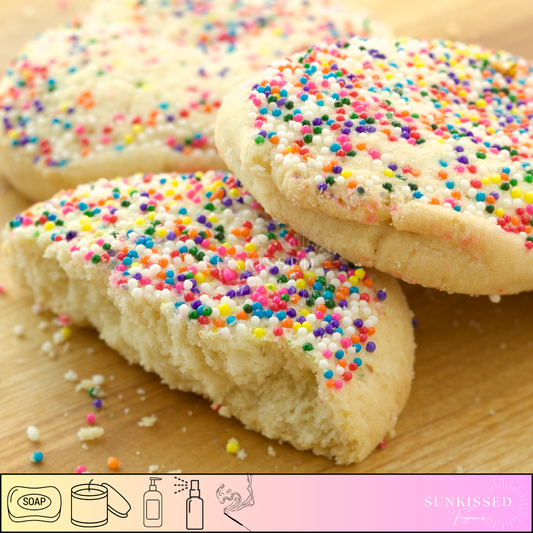
Why Box Space Matters: How Proper Packing Protects Your Products
When it comes to shipping products safely, one of the most overlooked yet critical factors is how much space is inside the box. Many new business owners and even experienced shippers mistakenly think that dunnage (packing materials like bubble wrap, air pillows, or crinkle paper) is the main line of defense against damage. But the real protector of your products is the box itself—and how well it fits your product.
Let’s dive into why the space inside your box matters, and how to properly use dunnage to reduce risk and protect your shipments.
The Box Is the First Line of Defense
The box—not the filler—is what absorbs impacts during transit. Whether your shipment is tossed onto a truck, stacked under a heavier box, or dropped on a porch, it’s the box structure that prevents crushing, not the dunnage.
- A properly sized box distributes impact better.
- A tight fit around your product reduces shifting and stress points.
- Too much space compromises structural integrity.
Think of it like this: if your product rattles around inside, the box walls can’t effectively absorb impact or pressure. Even the best packing materials can’t prevent a product from smashing into the sides of a too-large box over and over again during transit.
The Purpose of Dunnage: Eliminating Empty Space
Dunnage is not meant to protect your item from impact directly—it’s meant to remove empty space and cushion small gaps. Its main job is to:
- Prevent movement
- Stabilize the item
- Absorb minor vibration or shock
If you’re using too much dunnage, it’s usually a sign that your box is too big. Over-relying on filler materials makes your package less secure and can increase shipping costs due to larger dimensional weight (DIM weight).
The Problem with Extra Space in a Box
Here’s what happens when you ship using a box that’s too big:
- Items shift inside, leading to internal collisions or crushing.
- Air gaps weaken the box, making it more prone to collapsing or tearing.
- Dunnage compresses during transit, leaving your product unsupported.
- Higher shipping fees from larger box sizes that don’t match the product’s dimensions.
Not only can these issues increase the chance of returns and customer dissatisfaction, but they also drive up your packaging and shipping costs unnecessarily.
Best Practices for Safe and Efficient Packing
Here’s how to make sure your packaging works for you—not against you:
✅ Choose the Right Box Size
- Match your box size as closely as possible to your product dimensions.
- Leave just enough room (½" to 1") for minimal dunnage if necessary.
✅ Use the Correct Box Strength
- Make sure your box is rated for the weight of your product (check the Edge Crush Test or Box Maker’s Certificate on the bottom of the box).
✅ Use Dunnage to Fill Small Gaps, Not Large Voids
- Kraft paper, corrugated inserts, or molded trays are ideal for snug protection.
- Avoid relying on dunnage alone to “float” items in a large box.
✅ Test Your Packaging
- Shake test: Lightly shake the box before sealing. If your item moves, you need a better fit or additional support.
- Drop test: Test from waist height to see how the packaging performs.
Conclusion
Protecting your product in transit isn’t about stuffing a box with packing material—it’s about selecting the right size box and using dunnage to remove the last bit of air and space, not to absorb impacts. The sturdier and more snug your packaging, the less chance of damage, the more professional your presentation, and the lower your costs.
So the next time you’re packing an order, remember: The box is the protector—dunnage just fills in the blanks.


